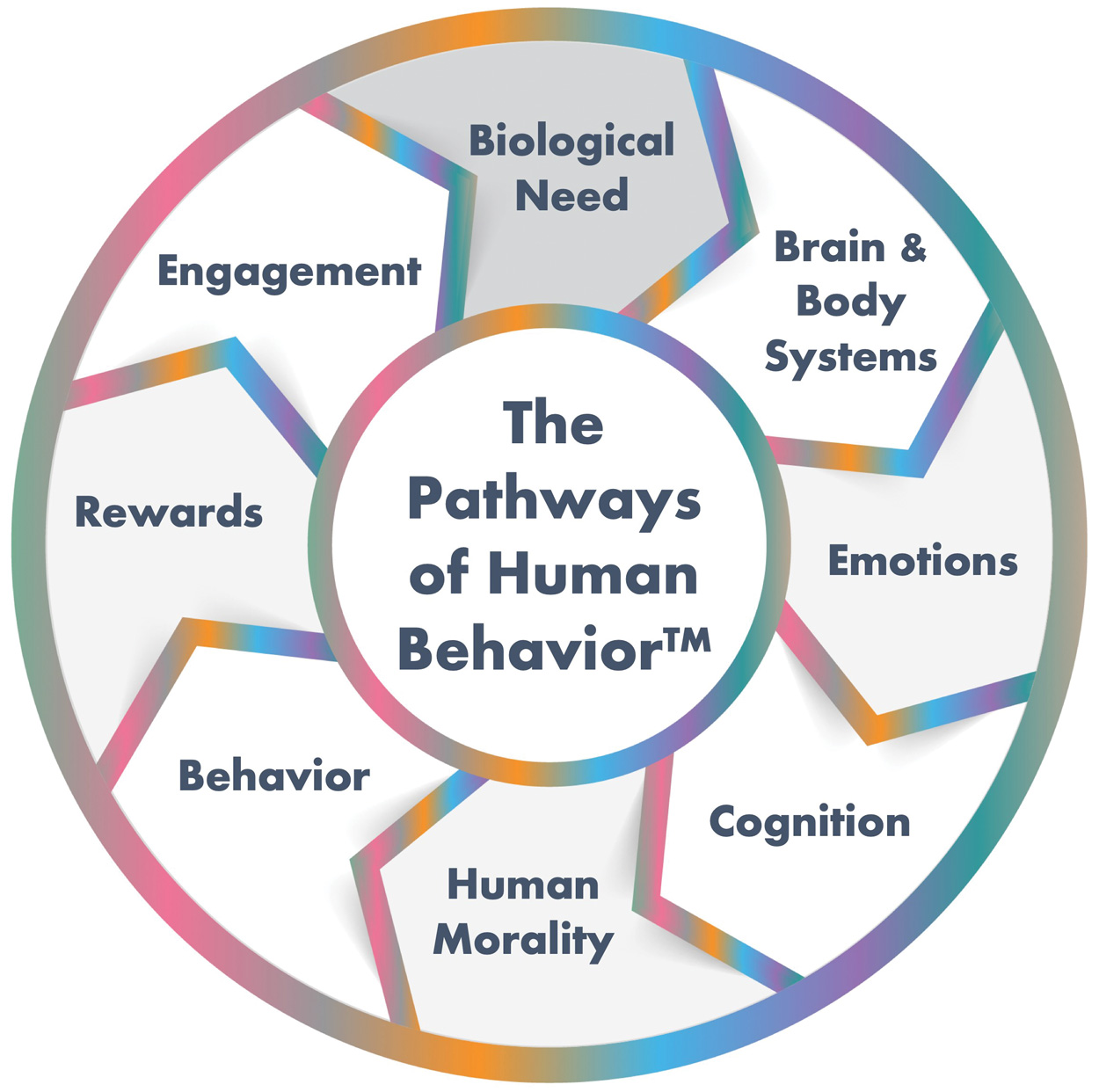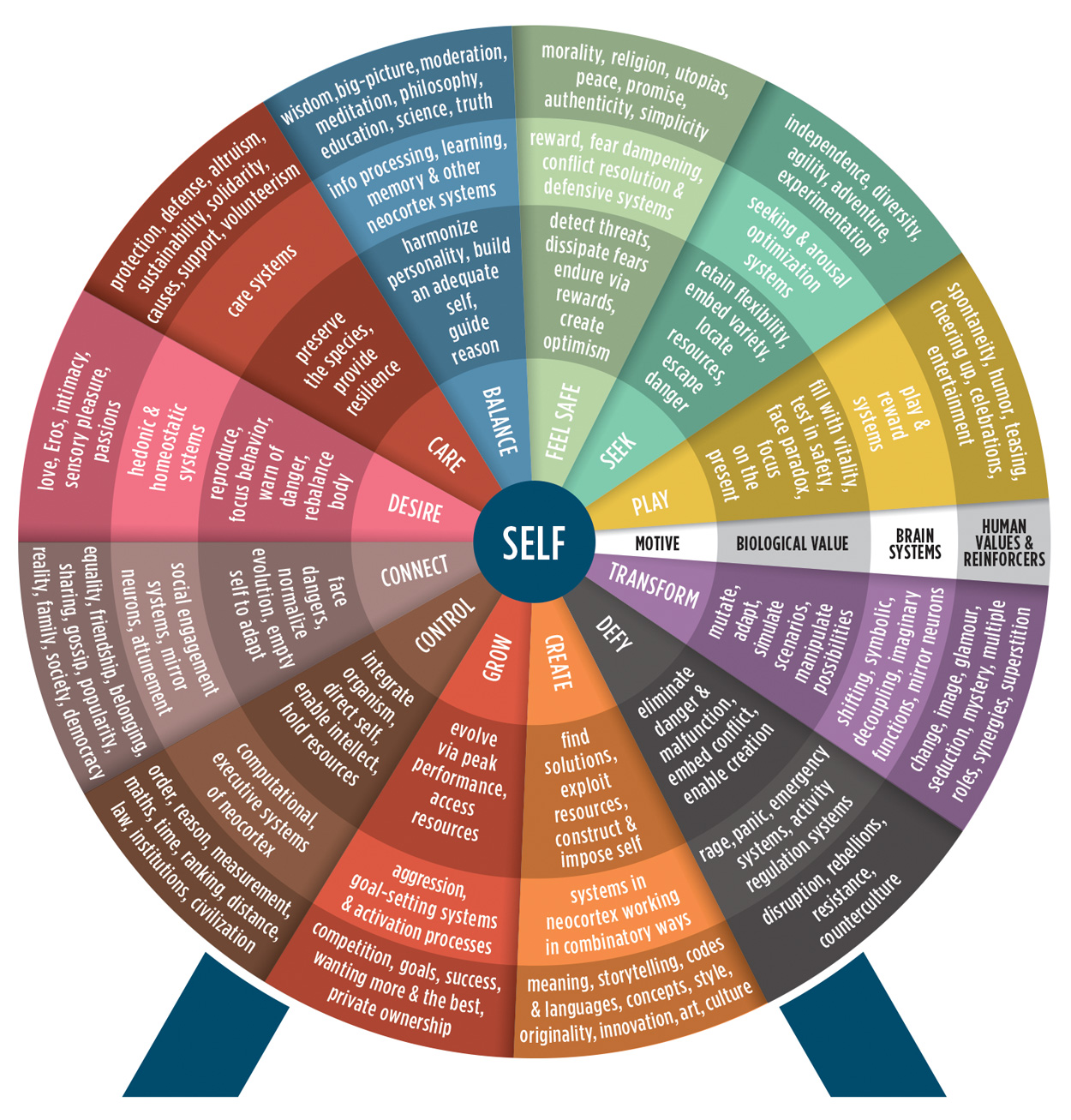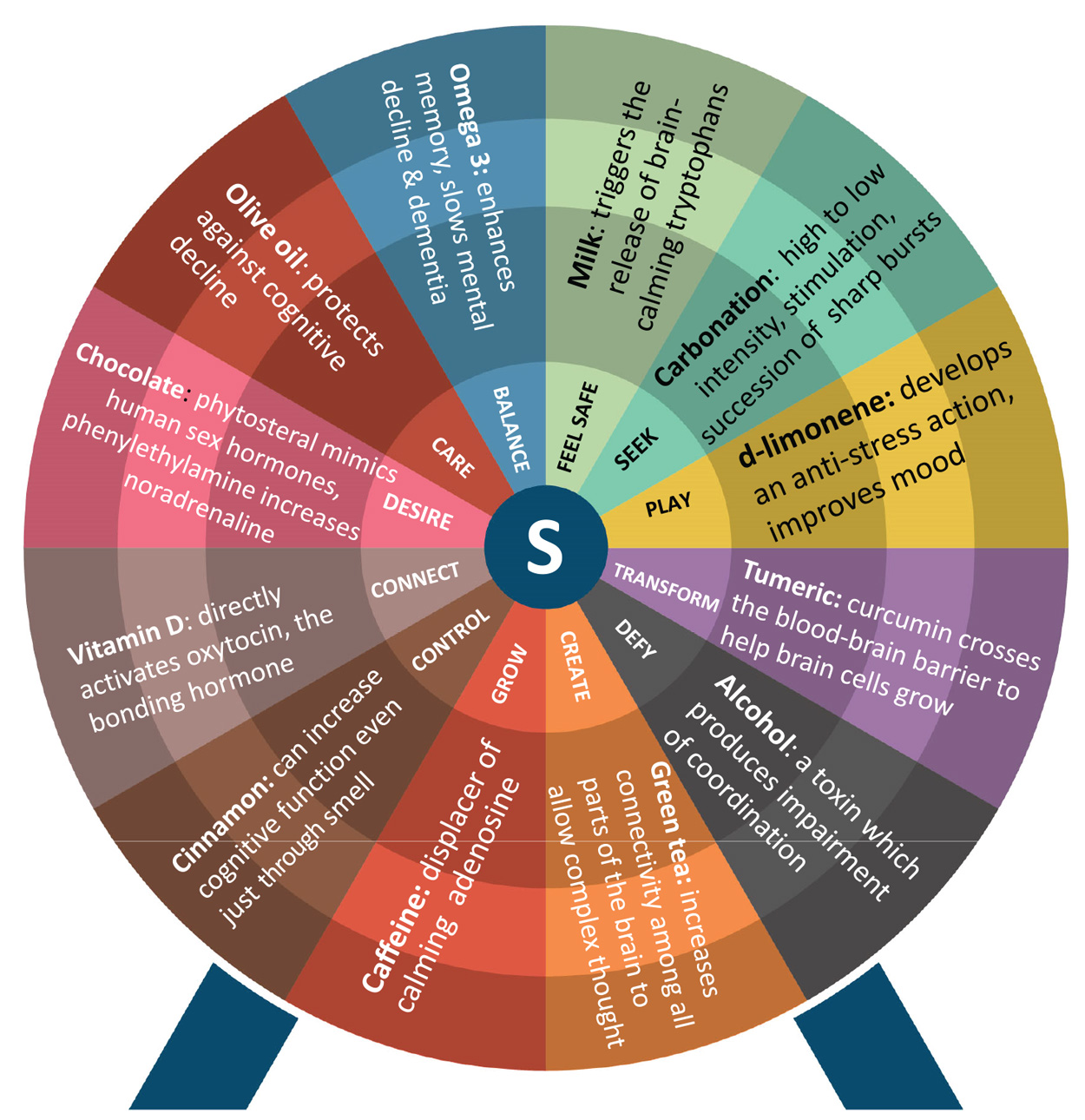
Using Neuroscience to Build Brands
Tapping into neurologically based behavior drivers and integrating multiple sensory inputs play key roles in triggering purchase intent.
Article Content
With pandemic-prompted online shopping now a reality for more consumers, brands that rely heavily on impulse purchasing need to create impulse both online and off-line. Using neuroscience-based tools that allow marketers to tap into fundamental drivers of human behavior provides an opportunity to help food and beverage brands achieve that goal.
Marketing, up to now, has treated different senses—sight, hearing, smell, taste, and touch—as distinct and separate channels with little or no interaction. Currently, neuroscience is used only in retrospect to monitor the emotions created by a piece of communication, and not to produce it in the first place. It is not used to align the stimuli for a better and coherent creation of meaning but only to measure the involvement of the information recipient.
However, our senses are designed to function in concert, and our brains are organized to use the information they derive from various sensory channels cooperatively in order to enhance the probability that objects and events will be detected rapidly, identified correctly, and responded to appropriately (Calvert et al. 2004). The coordination of the senses has yet to be tapped into. Indeed, intersensory confusion is one of the causes of the clutter and noise in the marketplace today while intersensory congruence is one of the best weapons to cut through the fog of communication.
Today, concepts, colors, sounds, and materials are largely chosen on the spur of the moment, the experience and insight of individuals, and trends in the marketplace. “In the real world of making ads, it often comes down to a creative person saying, ‘I like this’ or ‘I like that’ without much reliance on research,” observed one professor of psychology and marketing in an article that appeared in an American Psychological Association magazine (Haugtvedt 2002). However, no concept, color, sound, material, flavor, or scent is neutral. To create impulse sales, whether off-line or online, we need to integrate the inputs to our senses into a meaningful whole. This becomes possible by naturally aligning colors, sounds, shapes, materials, scents, flavors, ingredients, and concepts.
Multisensory Integration of Emotion
One of the main functions of the brain is to spot gaps. Individual and discordant inputs constrain attention and distract the brain’s processes as a typo distracts from the flow of an argument or train of thought. The anterior cingulate cortex, the area selectively implicated in processing congruency or conflict between stimuli, is also one of the areas strongly associated with human motivational and emotional processes (de Gelder et al. 2004). Stimuli that carry emotional information are perceived unconsciously. Of course, the perceptual kernel can be integrated in later, more cognitive elaborations (de Gelder et al. 2004).
Congruent cues are ones that provide the most economical and unified snapshot of the world. Matched together they provide streams of compound stimuli that enhance response and increase purchasing behavior.
The vast majority of the various marketing companies (advertising agencies, packaging agencies, sound agencies, flavor and fragrance companies, etc.) work in isolation. They treat their output as separate, with little or no interaction, following the old understanding of perception as a singular function, with the different sensory modalities operating independently. However, even slight discrepancies in cross-channel cues can dramatically reduce the accuracy of the message and the enrichment of the perceptual experience that is necessary to create impulse purchasing. Online impulse creation is much more difficult because the most primal senses (olfaction and taste) are missing. However, even these senses can be reproduced digitally, for instance, through the right visuals or other techniques.
In order for the multisensory interactions to be of value, the various sensory signals arising from a common source must be coordinated within the brain (King et al. 2004). A mismatch often produces no benefit and may even leave consumers with an unfavorable impression of the brand (Gilbert 2008). To be integrated into a meaningful whole, the cues injected into the communication of a brand by various agencies must already be structured and integrated. In this case, their impact exceeds the arithmetic sum of an individual modality-specific response, enriching the consumer experience and driving impulse creation.
A Global Intersensory Integrator
A global intersensory integrator for aligning all the information acquired from the different senses into a coherent percept exists. It is one of the results of a multidisciplinary meta-analysis and systemization study based on the motives for driving 200 universal categories of consumer goods. More than 5,000 pieces of neuroscientific, medical, anthropological, historical, and sociological research in the form of books, papers, and articles were reviewed in the specific product/service categories studied. More than 1,000 in-depth interviews and 107 client workshops took place over 11 years of study that ended up in the publication of a book (Pantidos 2018).
This research establishes, for the first time, the links among many disciplines to capture the motives of human behavior at their deepest levels of deployment—all the way from their biological necessity and survival value to the neurosystems they engage in the brain, the cognitive operations and psychological states they activate, the major sociocultural reinforcers that are developed in order to satisfy them, and the rich hierarchy of inherent concepts they infuse into everyday life. The research provides an integrated approach for shaping brand strategy that engages people at the most profound human level. It unveils an important sequence of mechanisms underlying all human behavior and is summarized in the visual, The Pathways of Human Behavior (Figure 1).
All human behavior is rooted in biology. Our brain is highly structured around configurations with internal correspondences that shape precise hierarchies of meaning and rhythms into a type of coherent language, the source code of human behavior. This precise language has been decoded by the previously described research to help avoid the dissonant noise of the market.
Depicted in a visual, The Wheel of Motives (Figure 2) captures the 12 biological motives (evolutionarily preserved mechanisms) that have helped us survive and thrive. The Wheel of Motives enables us to reach and trigger the biological roots of the human values underlying all behavior. It can be seen as human nature’s default system, our lingua franca.
Meaning is created in the psychological and neurophysiological interface, driving strong predispositions that guide preferences. Much of our behavior, though unconscious, is not arbitrary. Marketing is all about associations; but in order for associations to work, they must be the right ones.
Practical Applications
How does it work in practice? A brain algorithm developed as a result of the study measures the motives driving categories, brands, ingredients, and so on, helping reconnect with the consumer at a deeper human level. At a strategic level, the methodology allows for moving from consumer typologies and stated needs to activating the right neurobiological motives. At a tactical level, the methodology helps align all ingredients and expressive media according to their neural impact on the brain, connecting system 1 and system 2, reality and imagination, function and emotion, in the neurophysiological and psychological interface.
Bridging the consumer cognitive stamp in every decision—from the strategic positioning of the brand to the hierarchies of themes, down to the alignment of every creative execution—the brand goes beyond the consistency imposed by a brand guidelines book or a logo to embrace a human personality through the use of biology and affective neuroscience. By capturing category and brand emotions within flavors and fragrances, materials, colors, sounds, shapes, and so on, product ingredients such as flavors, fragrances and packaging become strategic and instrumental to the communication of the brand. For instance, all flavors and fragrances can be structured around the language of the brain, revolutionizing the marketing of ingredients. Figure 3 shows examples of capturing brand essence in flavor ingredients.
Rooting brands and their creative executions in the constituent parts of human life provides them with a competitive advantage. The methodology has been used by such companies as Starbucks, Coca-Cola, Unilever, Nestlé, Heineken, Reckitt Benckiser, and Johnson & Johnson, among others.
As we move to an increasingly digital environment and the connection of functions with emotions evolves, the physical aspects of a product and the ingredients that go into it will play an increasingly important role in making the brands more fully human. There is no better time to tell brand stories and to create impulse purchasing through an enriched and congruent multisensory experience.
REFERENCES
Calvert, G. A., C. Spence, and B. E. Stein, eds. 2004. “Introduction.” Handbook of Multisensory Processes. Cambridge, Mass.: The MIT Press.
De Gelder, B., J. Vroomen, and G. Portois. 2004. “Multisensory perception of affect, its time course, and its neural basis.” In Handbook of Multisensory Processes.
Gilbert, A. 2008. What the Nose Knows: The Science of Scent in Everyday Life. New York: Crown Publishers.
Haugtvedt, C. 2002. Cited in Clay, R. A. “Advertising as science.” 2002. Monitor on Psychology 33(9): 39.
King, A. J., T. P. Doubell, and I. Skaliora. 2004. “Epigenetic factors that align visual and auditory maps in ferret midbrain.” In Handbook of Multisensory Processes.
Pantidos, C. 2018. Living Brands: How Biology and Neuroscience Shape Consumer Behaviour and Brand Desirability. London: Lid Publishing.









